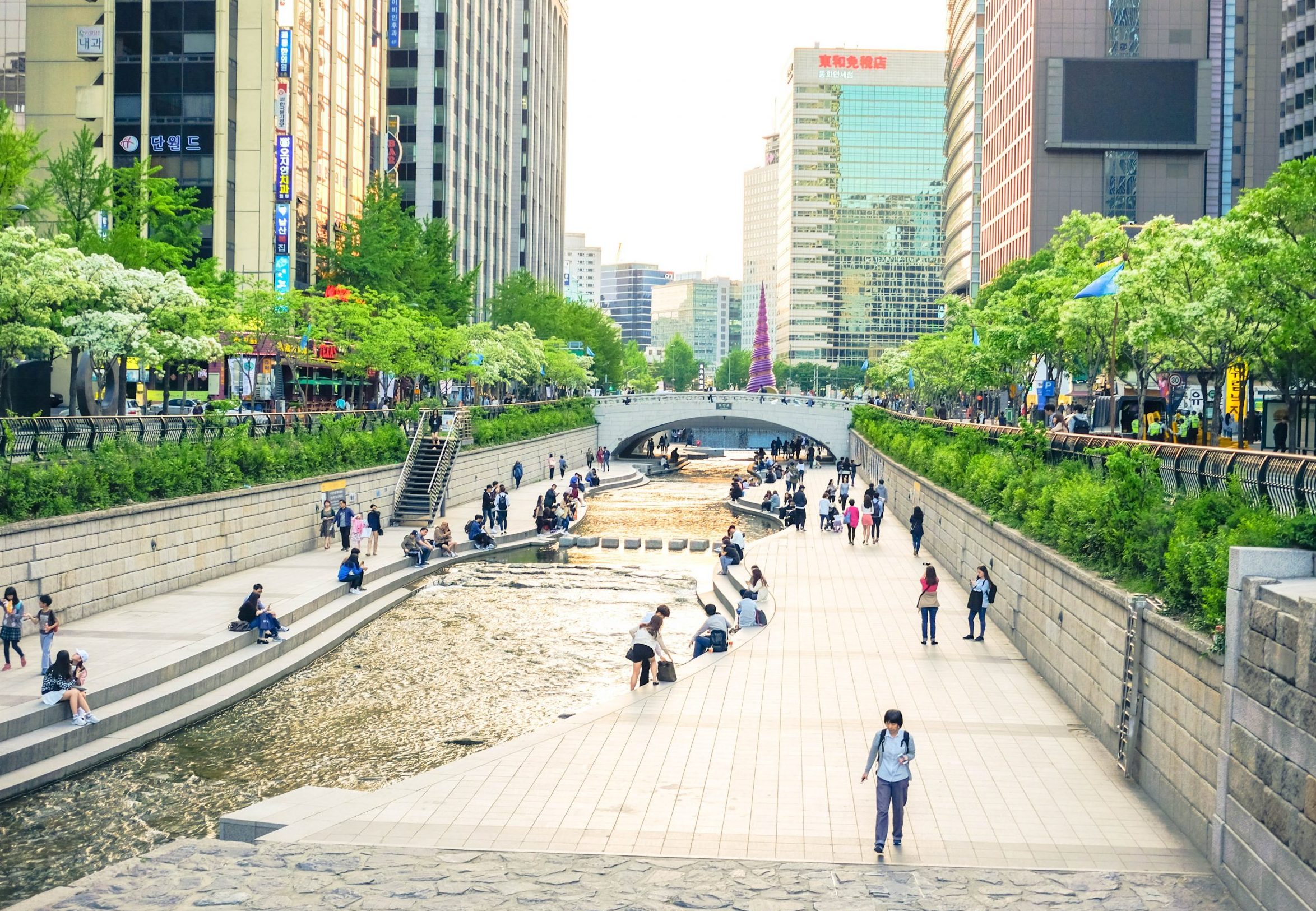Creating a welcoming environment for marginalized populations can be a daunting task. But it is one worth taking up, as it serves to create a more inclusive and equitable world. From providing access to resources to promoting diversity and inclusion in the workplace, there are many ways organizations can ensure their spaces are accessible to everyone. In this blog post, we’ll explore some of the key steps organizations can take in order to create a more welcoming environment for marginalized populations. We’ll discuss how to create an inclusive culture, how to promote equity and justice, and how to provide necessary resources. Read on for more information about creating an equitable space for all people!
The importance of creating a welcoming environment
When we think about creating a welcoming environment, we often think about physical spaces like our homes or workplaces. But it’s also important to create a welcoming environment for marginalized populations. This includes people who identify as LGBTQ+, people of color, immigrants, and others who have traditionally been excluded from mainstream society.

Creating a welcoming environment for these groups of people can help them feel safe and included. It can also help break down barriers between different groups of people. When everyone feels welcome and respected, it makes it easier to build relationships and work together towards common goals.
There are many ways to create a more inclusive environment. Some things you can do include:
- Educate yourself and others about the experiences of marginalized groups
- Use inclusive language in your communications
- Make an effort to get to know people from diverse backgrounds
- Be an ally when you see someone being treated unfairly
By taking these steps, you can help make your community or workplace more welcoming for everyone.
Who are marginalized populations?
There are many groups of people who are marginalized in our society. This includes people of color, LGBTQIA+ people, disabled people, immigrants, and many others. These groups often face discrimination and exclusion in many areas of life. This can make it difficult for them to feel welcome and included in society.
Creating a welcoming environment for marginalized populations is important for several reasons. First, it helps ensure that everyone has a fair chance to succeed and participate in society. Second, it helps break down barriers between different groups of people. And finally, it helps create a more just and inclusive society for everyone.
What can be done to make marginalized populations feel welcome?
When it comes to creating a welcoming environment for marginalized populations, there are a number of things that can be done to make everyone feel included and respected. For starters, it’s important to ensure that all forms of discrimination are not tolerated within the community. This includes everything from hate speech and harassment to more subtle forms of bias and exclusion. Furthermore, it’s important to create opportunities for everyone to participate in the community, whether it’s through leadership roles, events, or other activities. Additionally, promoting diversity and inclusion through education and awareness-raising initiatives can help ensure that everyone feels welcome and accepted. Lastly, it’s essential to listen to the needs of marginalized populations and work together to find solutions that address their specific concerns. By taking these steps, we can create communities that are truly inclusive for everyone.
What are the benefits of making marginalized populations feel welcome?
When marginalized populations feel welcome, they are more likely to stay in the community and contribute to its growth. They are also more likely to support businesses and organizations within the community. A welcoming environment can create a sense of belonging and safety for marginalized populations, which can lead to increased social and economic opportunities. Additionally, welcoming marginalized populations can help to break down barriers between different groups within the community and create a more inclusive society.

Creating an environment that is welcoming and inclusive of marginalized populations is essential for fostering growth and progress. Taking actions such as increasing access to resources, recognizing implicit bias, educating ourselves on unconscious prejudice, and learning about the impacts of systems of oppression are all necessary steps in creating a space where everyone can thrive. By actively working to create a more just society, we can ensure that all people feel seen, valued, respected, and appreciated in their communities.
